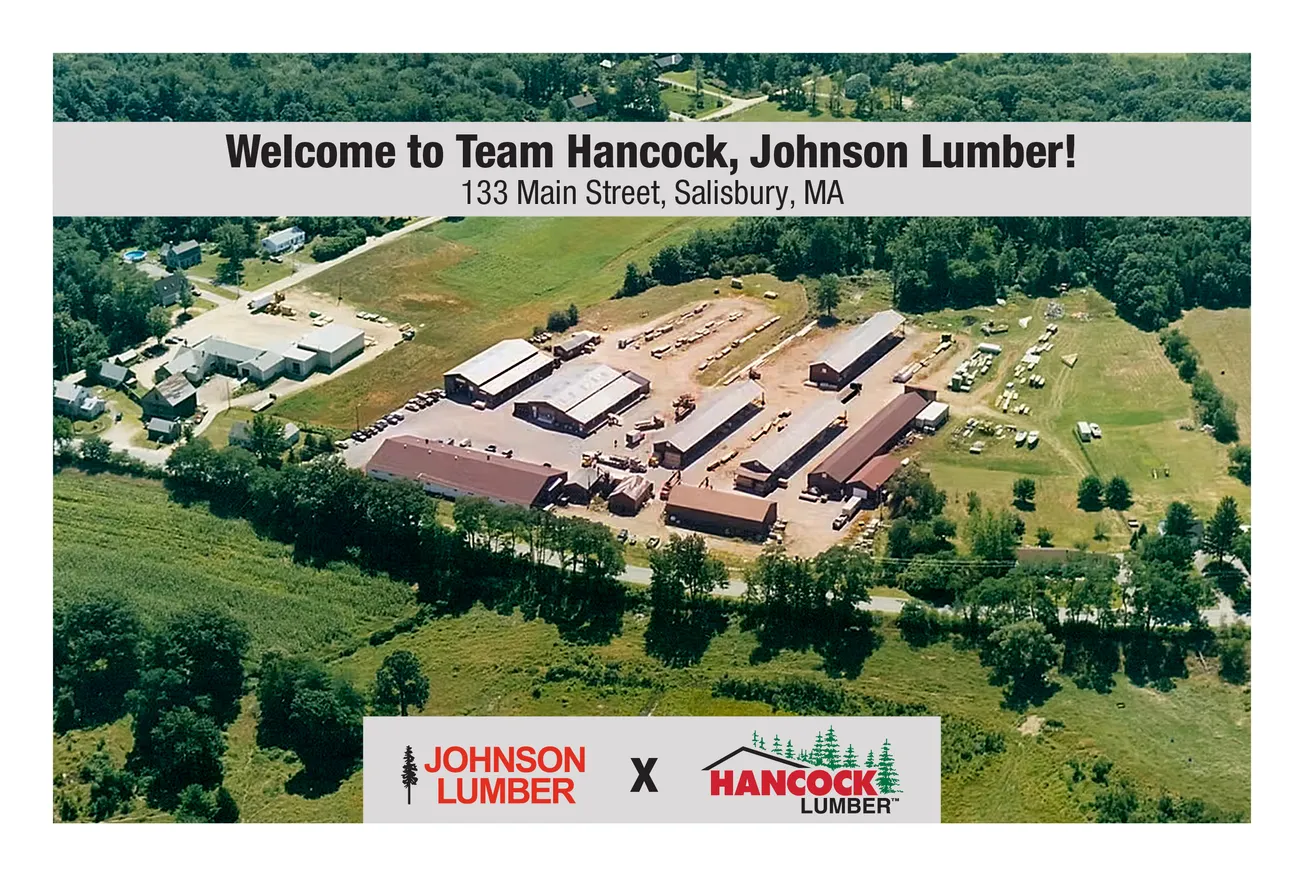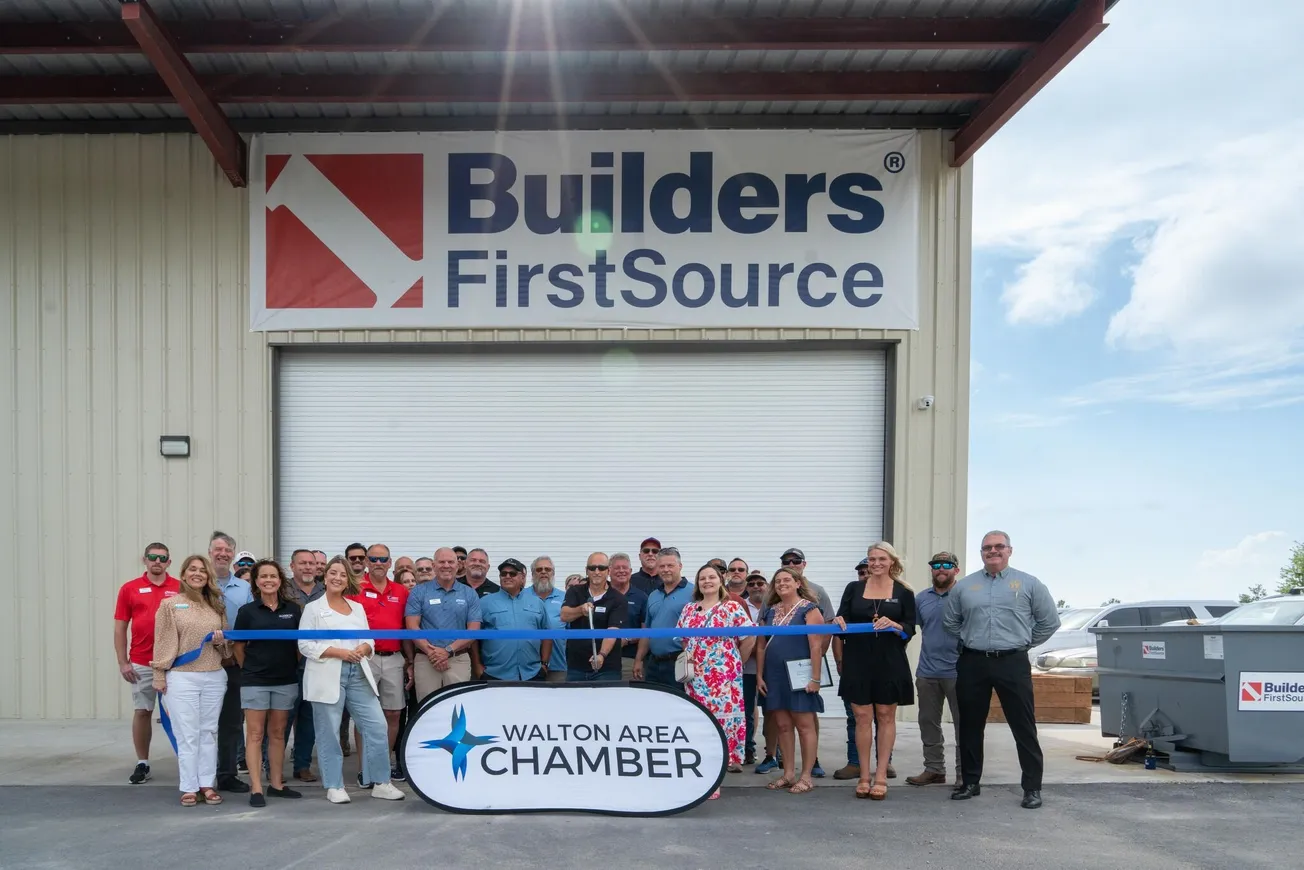Table of Contents
THIS YEAR marks my 50-year anniversary in the forest products industry, as well as my 40th year working in the redwood forests on the Central Coast of California. These pending milestones have caused me to reflect on my industry and my observations during this time.

One thing that stands out is how disconnected most of our population has become regarding the countless products we use. This includes how they are produced, where they come from, and what are the implications to the environment—and the planet, for that matter. This disconnectedness is not a harsh criticism. It is more a recognition of countless recent changes in society. Two hundred years ago approximately 85% of the population of the United States was procuring at least some of their own products necessary for survival. They grew gardens, had farm animals, had their own wells or water systems and cut trees for fuel and lumber.
Today, agricultural technology has advanced to the point where a small percentage of the population can produce these essential commodities for a vastly larger population. This has freed people and industries to expand in other areas. Jobs became available in large population centers, which went hand in hand with the technological/industrial revolution. Disconnectedness was a predictable outcome given this transformation.
In my career I’ve had numerous conversations with people who are passionate about the issue of cutting trees. Some of these conversations have been congenial. Some not so much. The level of passion has been particularly elevated here on the Central Coast where the primary merchantable timber is coastal redwood. What are the most honest and factual things I can say in such discussions?
First, I try to explain our involvement as consumers. In 2007 the California Forest Products Commission calculated that the annual per capita consumption of forest products was 720 bd. ft. That is, a tree 24” in diameter at the base and 100 ft. tall. California has about 40 million residents. Imagine a stack of 40 million trees that size. That is what Californians consume in a year. They will consume the same amount next year and each year after that. As recently as 1980, California was self-sufficient in forest products. Today, 80% of the forest products Californians use comes from other states and countries. The disparity is not because California has run out of trees.
There are multiple factors. The cost of business is high in California. This includes complying with the California Forest Practice Rules, which are more stringent than other areas. California’s forest products infrastructure has declined. This contributes to products being imported. This should concern people who don’t want trees cut in their area. There are significant environmental consequences associated with transporting products from distant lands. Not only does that transport produce significant greenhouse gas emissions, as Californians we usually have little or no say in how that logging is conducted.
Lastly, I try to explain that wood is one of the truly renewable and sustainable products we consume. Here on the Central Coast our local forests are annually producing forest mass four times faster than it is harvested. Recent wildfires have altered the equation, but the system will restore itself very quickly.
After my first two years falling timber on the Central Coast (1983-84), I meticulously kept track of every tree I cut. After two years, I calculated my average tree size was 720 bd. ft. Today, harvesting trees in the same area (and on many of the same acres) the average per-tree volume coming into our sawmill is over 1,300 bd. ft. From my perspective, this is a testament to our selective harvesting practices and proof that both wood and forests are truly sustainable.
Bob Berlage is communications director for Big Creek Lumber, Davenport, Ca. (www. bigcreeklumber.com).









